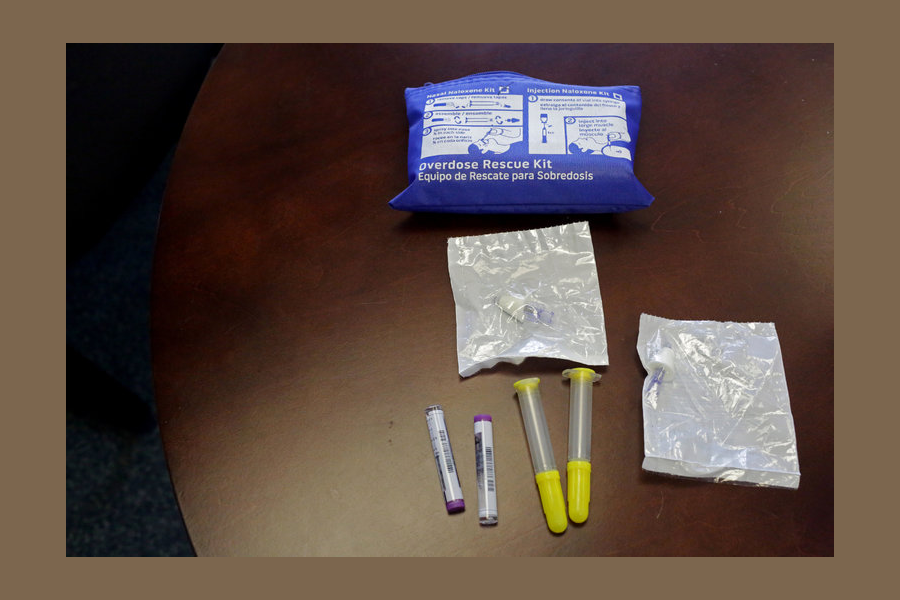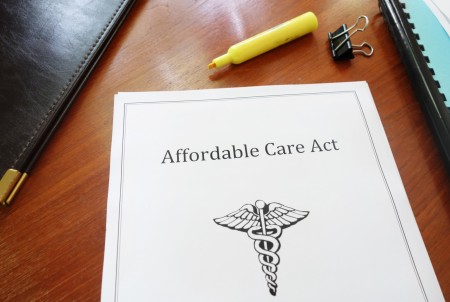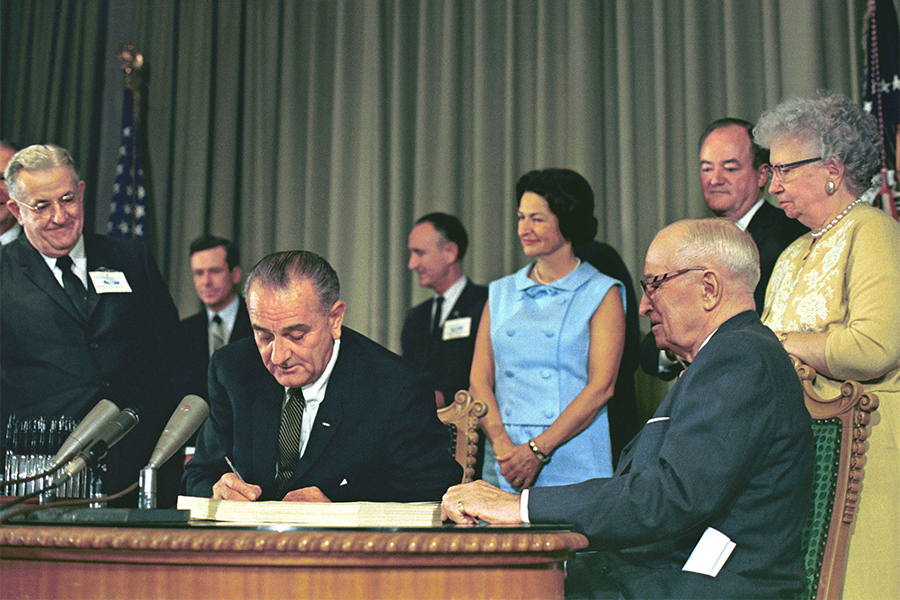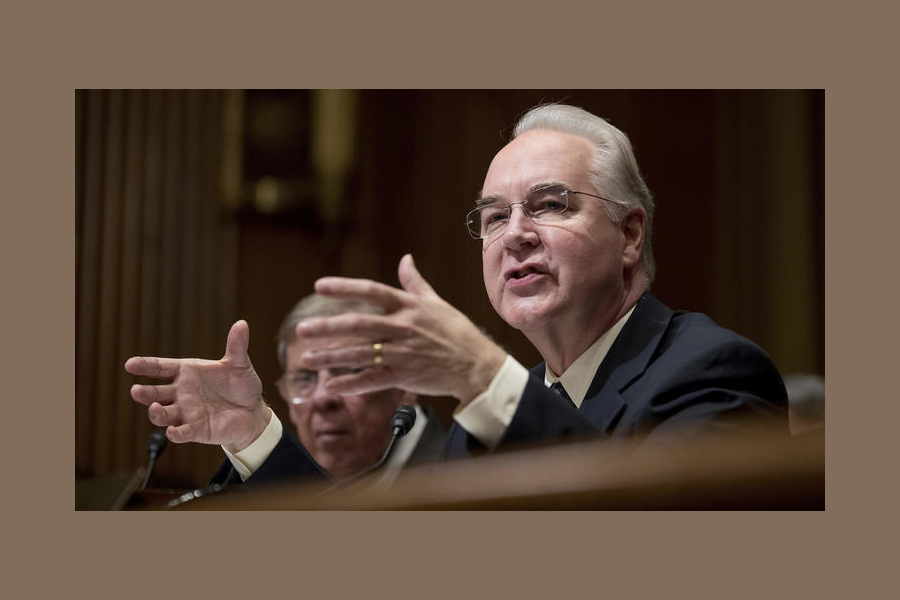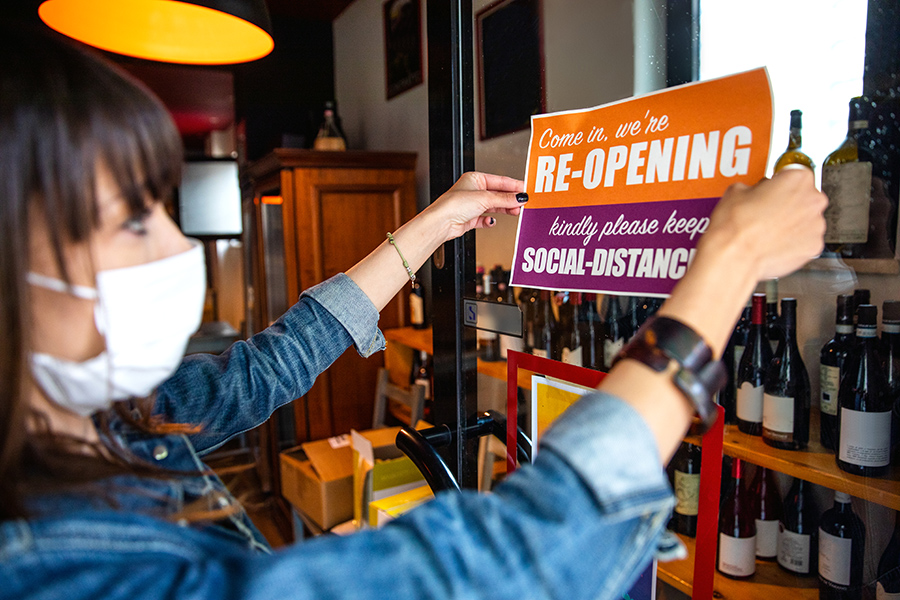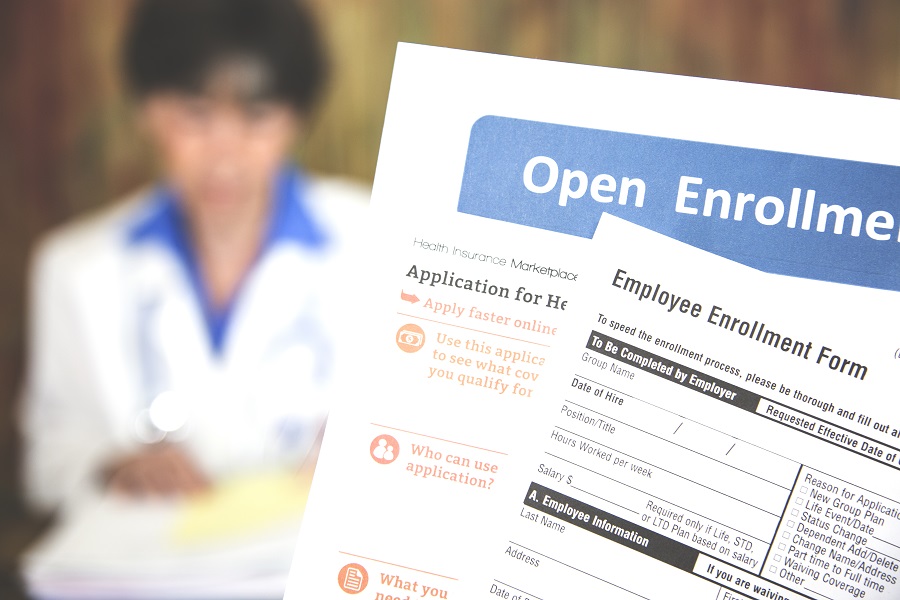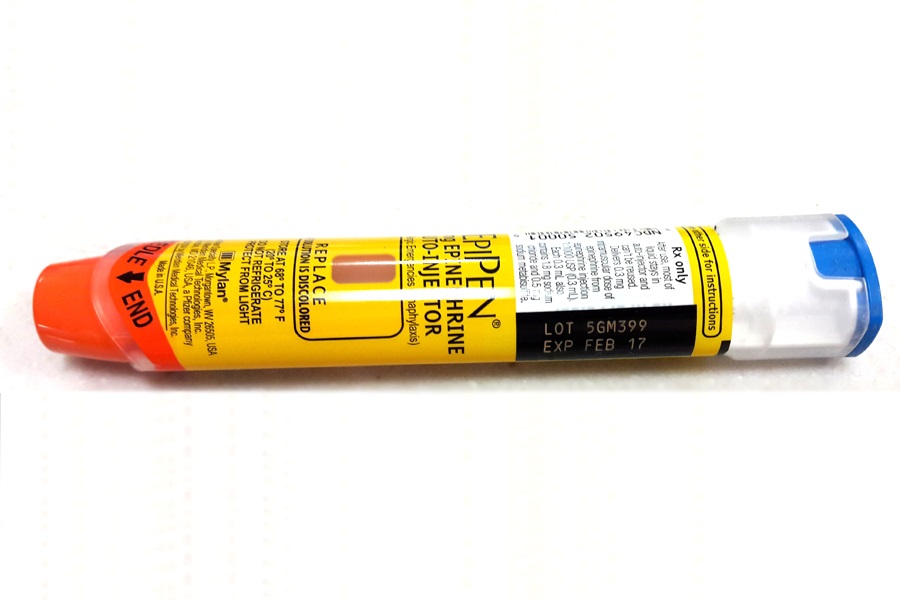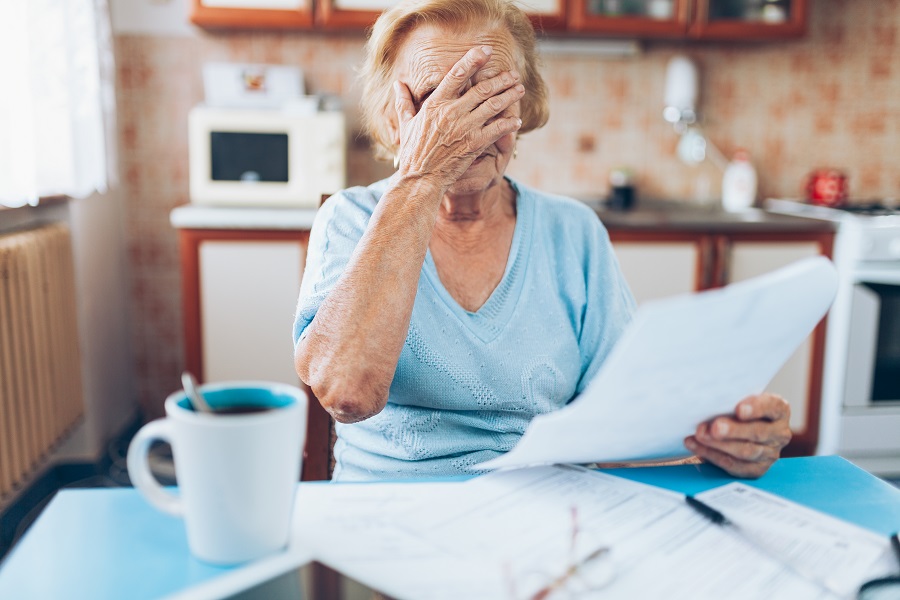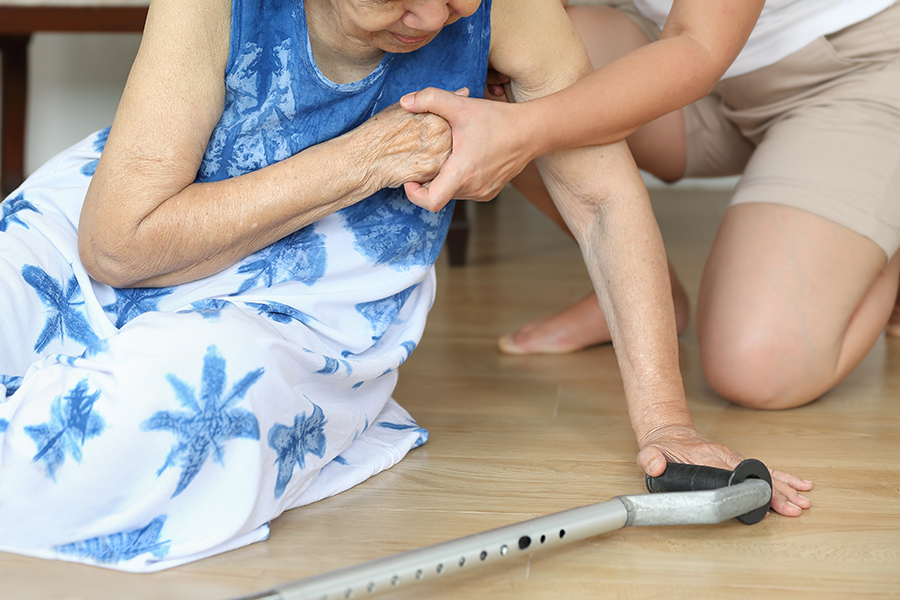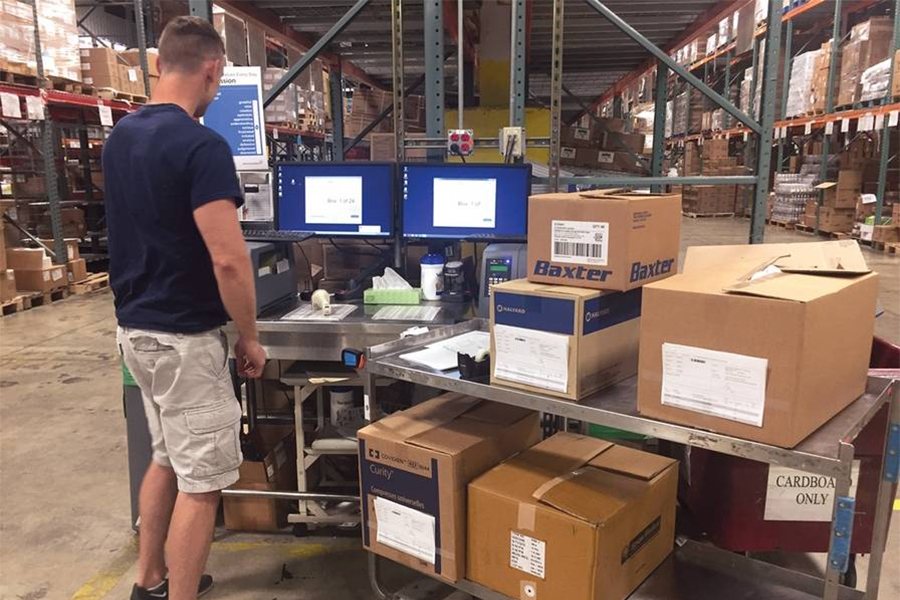“In School Nurse’s Room: Tylenol, Bandages and an Antidote to Heroin” By Elizabeth A. Harris for the New York Times
At every school in New Rochelle, just north of the Bronx, in Westchester, there is a locked medicine cabinet in the nurse’s office, stocked with things like EpiPens for allergic reactions, inhalers for asthma, Tylenol for aches and pains.
Now, those cabinets also include naloxone, an antidote for people who are overdosing on opioids like heroin. Given as an injection or a nasal spray, naloxone can quickly revive someone who is not breathing. The city keeps it in every nurse’s office, including in its elementary schools.
“We have it the same way we have defibrillators and EpiPens, the way we have oxygen in our schools,” said Adrienne Weiss-Harrison, the school district’s medical director. “Rarely do we pull a defibrillator off the wall, but it’s there if we need it, and that’s how we approach this opportunity to have naloxone.”
There is no comprehensive data on how often students overdose while at school, but it happens. Renee Rider, assistant commissioner at the New York State Education Department, said the department has heard anecdotally of two schools where a student overdosed and was saved by E.M.S. workers using naloxone.
But the numbers of young people dying from overdoses around the country is striking. According to the Centers for Disease Control and Prevention, in 2015, opioids killed 7,163 people between the ages of 15 and 29, more than 20 percent of total deaths.
And as communities across the country face this swell of death from heroin and pills, schools see the epidemic lapping at their doorsteps — killing friends, neighbors, recent graduates. Educators are increasingly deciding that they should have naloxone on hand.
New Jersey Assemblyman Vincent Mazzeo, a Democrat, in the fall sponsored a bill in the state legislature that would require all high schools to stock naloxone. In talking to parents and students in his district, Mr. Mazzeo said, “It came out that kids were coming into school on opiates, perhaps on heroin.”






